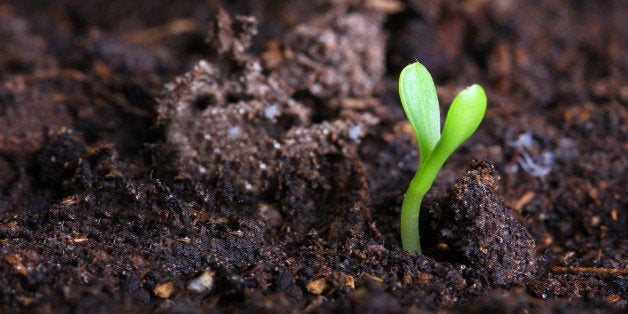
Could a bacterium found in soil trigger multiple sclerosis?
Researchers are coming closer to answering that question, after discovering evidence of a bacterium called Clostridium perfringens type B in humans -- particularly a 21-year-old woman with multiple sclerosis.
"While it is clear that new MS [multiple sclerosis] disease activity requires an environmental trigger, the identity of this trigger has eluded the MS scientific community for decades," study researcher Dr. Timothy Vartanian, a professor of neurology and neuroscience at Weill Cornell Medical College and director of the Judith Jaffe Multiple Sclerosis Center, said in a statement. "Work is underway to test our hypothesis that the environmental trigger for MS lays within the microbiome, the ecosystem of bacteria that populates the gastrointestinal tract and other body habitats of MS patients."
Researchers found that C. perfringens produces a precursor form of the "epsilon" toxin, called a protoxin. In animals, the epsilon toxin gets turned on and travels to the brain, where it results in multiple sclerosis-like symptoms in the animals as well as damage to the brain's natural neuron-protecting insulation, called myelin. Two types of C. perfringens are known to carry the gene that produces this protoxin -- types B and D -- and previous research had only shown presence of the D type in humans.
To find if the B type of this bacterium might also be present in humans, researchers examined the blood and spinal fluid from participants of the Harboring the Initial Trigger for MS (HITMS) observational trial. The trial includes people who have multiple sclerosis and people without the condition.
The researchers discovered that people with multiple sclerosis had 10 times the level of antibodies for the epsilon toxin, compared with people without multiple sclerosis. What's more, 52 percent of people without multiple sclerosis had the A type of this bacterium, compared with just 23 percent of people with multiple sclerosis. Researchers said this A type finding is important because the A type is known to be competitive for resources with other subtypes of the bacterium, so its presence could potentially be protective against epsilon toxin-producing types.
The study also detailed the identification of the 21-year-old woman who was experiencing an MS flare-up, who was also part of the Harboring the Initial Trigger for MS trial.
The research is still very early, the scientists cautioned, and more studies will be needed to determine how exactly humans even come to contract the B type of this bacteria.
The new findings are published in the journal PLoS ONE.
